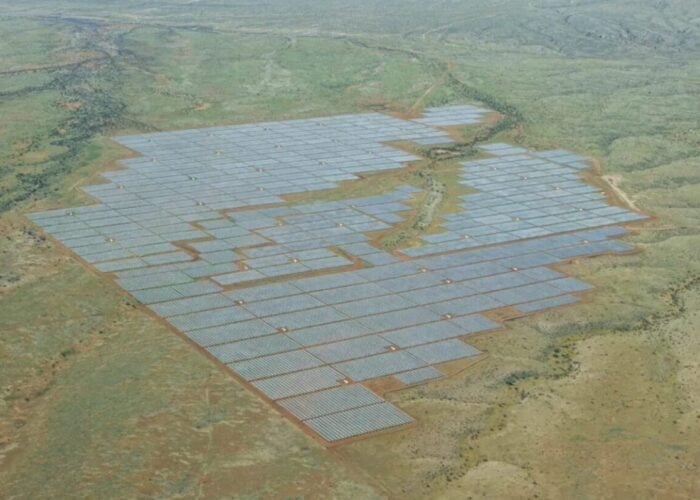California governor, Jerry Brown, has made an ambitious pledge for the state to be 50% powered by renewable energy within 15 years, in a speech given on Monday as he was sworn into office for a record fourth term.
Democrat Edmund G Brown, more commonly known as Jerry, also made pledges on fuel and energy efficiency and talked up the importance and potential of various complementary technologies to renewable generation, such as micro-grids and energy storage, in his inaugural address.
Unlock unlimited access for 12 whole months of distinctive global analysis
Photovoltaics International is now included.
- Regular insight and analysis of the industry’s biggest developments
- In-depth interviews with the industry’s leading figures
- Unlimited digital access to the PV Tech Power journal catalogue
- Unlimited digital access to the Photovoltaics International journal catalogue
- Access to more than 1,000 technical papers
- Discounts on Solar Media’s portfolio of events, in-person and virtual
Brown is in the second of two stints as governor, elected in 2011 and also previously having served in the role for two terms in the 1970s and 1980s. Brown's 2011 term began when Republican ‘Governator’ Arnold Schwarzenegger’s expired. Despite Schwarzenegger's right-of-centre leaning political outlook, his stance on renewables and environmental issues was outspokenly pro-renewable energy.
Brown, 76, gave a short speech which began by referring to recent success in balancing state budgets over the past few years. However, he soon went on to discuss many of the problems still blighting California and said that many of them, including environmental issues, had been pressing concerns even since the days when Brown’s own father Pat Brown was himself sworn in as governor in 1959.
“That was 56 years ago, yet the issues that my father raised at his inauguration bear eerie resemblance to those we still grapple with today: discrimination; the quality of education and the challenge of recruiting and training teachers; the menace of air pollution, and its danger to our health; a realistic water programme; economic development; consumer protection; and overcrowded prisons.”
Brown went on to discuss the environment in more detail, warning of the fate of California and the wider world while also sounding a positive note on the progress achieved so far. Mentioning renewable energy three times, he hailed the successes to date that have put California in a leading position for renewable energy deployment. The state has repeatedly topped US charts for solar installations and according to a December survey now has 73,000 workers employed in the solar industry.
California is on track to meet a target of producing 30% of its energy from renewable sources by 2020, Brown said. Despite this success however, he said it was important to now look further ahead, to 2030 and to set new goals.
“…we are well on our way to meeting our AB 32 (Assembly Bill 32, or the California Global Warming Solutions Act of 2006) goal of reducing carbon pollution and limiting the emissions of heat-trapping gases to 431 million tons by 2020. But now, it is time to establish our next set of objectives for 2030 and beyond,” Brown said.
“I propose three ambitious goals to be accomplished within the next 15 years: increase from one-third to 50% our electricity derived from renewable sources; reduce today's petroleum use in cars and trucks by up to 50%; double the efficiency of existing buildings and make heating fuels cleaner.”
Brown did not play down the enormity of the task but referred often to the pioneering spirit that much of California originally sprang from. He explained how he thought the state could achieve these new, lofty targets and why the cost of not doing so could prove disastrous.
“I envision a wide range of initiatives: more distributed power, expanded rooftop solar, micro-grids, an energy imbalance market, battery storage, the full integration of information technology and electrical distribution and millions of electric and low-carbon vehicles,” he said.
“How we achieve these goals and at what pace will take great thought and imagination mixed with pragmatic caution. It will require enormous innovation, research and investment. And we will need active collaboration at every stage with our scientists, engineers, entrepreneurs, businesses and officials at all levels.
“Taking significant amounts of carbon out of our economy without harming its vibrancy is exactly the sort of challenge at which California excels. This is exciting, it is bold and it is absolutely necessary if we are to have any chance of stopping potentially catastrophic changes to our climate system.”
Read Jerry Brown's inauguration speech in full here.






